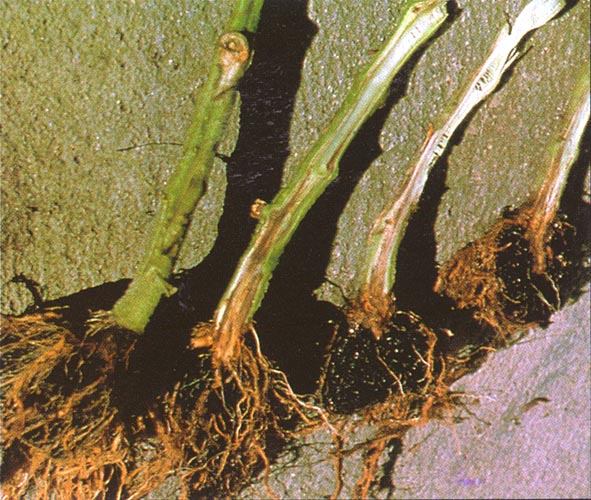


When IAA28 is degraded, ARF5/6/7/8/19 are free to activate GATA23 expression, resulting in the specification of LRP founder cells ( De Rybel et al., 2010 Guseman et al., 2015). IAA28, an AUX/IAA repressor, represses the auxin-induced transcription of the genes that promote LR initiation ( Rogg et al., 2001). The auxin-regulatory GATA TRANSCRIPTION FACTOR (GATA23) is considered as the first molecular marker for LR founder cells ( De Rybel et al., 2010). LRP initiation involves the specification and asymmetric division of LR founder cells ( De Rybel et al., 2010 Goh et al., 2012 Van Norman et al., 2013 Santos Teixeira and ten Tusscher, 2019).

LRP initiation begins with a single pericycle founder cell, which then recruits the neighbouring pericycle cells to become founder cells, which is an auxin-dependent gradual process ( Torres-Martínez et al., 2020). As early as 1997, the process of LRP development was divided into eight stages, defined by specific anatomical characteristics and cell divisions ( Malamy and Benfey, 1997). The auxin signalling cascade is activated by the binding of auxin to the F-box auxin receptor complexes SCF TIR1/AFBs followed by ubiquitination of AUX/IAA proteins, which are then degraded by 26S proteasomes ( Lavy and Estelle, 2016 Leyser, 2018). Signalling molecules, especially hormones and nitric oxide (NO), play important roles in LR development ( Fukaki and Tasaka, 2009 Jin et al., 2011 Sun et al., 2015).Īuxin signalling is critical for LR development, and is mediated by the auxin co-receptors TRANSPORT INHIBITOR RESPONSE1/AUXIN SIGNALLING F-BOX (TIR1/AFB) ( Kepinski and Leyser, 2005), the transcriptional repressors AUXIN/INDOLE-3-ACETIC ACID (AUX/IAA), and AUXIN RESPONSE FACTORs (ARFs Correa-Aragunde et al., 2004 Laskowski et al., 2008 Fukaki and Tasaka, 2009 Lavenus et al., 2013 Guseman et al., 2015). The formation of LR begins with a pair of pericycle cells, which undergoes several rounds of planopericycle division and vertical division to form new lateral root primordia (LRP). The plasticity of lateral roots (LRs) allows the root architecture to adjust rapidly to the rhizosphere environment, enhancing resistance to various stresses ( De Smet et al., 2012). Root architecture is an important factor influencing crop yield. Auxin, GATA23 lateral root primordia formation, LBD16, nitric oxide, PHB3 Introduction


 0 kommentar(er)
0 kommentar(er)
